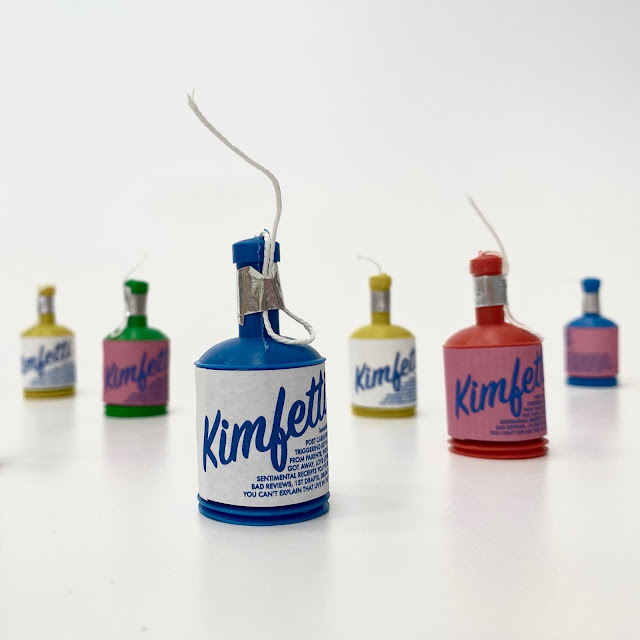"Making Art During Fascism"
American culture doesn't place the highest value on art. In fact, it overwhelmingly dismisses the merits of art and what it can do to shape a society, which makes an artist wonder if what they're doing has any real value. Beth Pickens has created a pamphlet called Making Art During Fascism. She encourages artists to keep making art because people need art the most during Fascist times. Pickens also says that when you're overwhelmed by world events, it helps to look at the larger history of our world because, in the long haul, humans are doing better over time.
Gino Severini, Armored Train. 1915. Image taken from Charter for Compassion.
Well, looking back at history is what I do best. After all, art history is my passion. While everyone was reacting to the major events and cultural shifts of 2016, all I could think was, "Yup. It's been about a 100 years since the First World War and the October Revolution and the Suffragette movement and major class upheavals. We're right on time." because about every 100 years major wars happen, the world moves forward through dramatic change, and people that are sick of being exploited and oppressed stand up permanently.
Umberto Bocioni, States of Mind: The Farewell. 1911. Image taken from WikiArt.
Although I had been thinking about historical movements, I hadn't been thinking about art movements until I heard the words "making art during Fascism." Then I thought, "Of course! Italian Futurism!" Futurism was an art movement formed in the early 1900s and was different depending on where you were in the world. The one thing that was true for every Futurist was the high ideal of forward movement at every level. For countries that were at an extreme point of conflict between the old and the new, as Italy and Russia were, Futurism was about the destruction of the old ways in order to lead to the new man.
Umberto, Boccioni, Charge of the Lancers. 1915. Image taken from Weimar.
Filippo Tommaso Marinetti created Futurism and put it to the service of Mussolini, the Fascist dictator of Italy. The political alignment (if not total agreement) of Futurism and Fascism makes sense in a country whose pride is its art and who has for centuries recognized and employed the power of art to politically shape its society. Marinetti's Futurist manifestos went beyond art. His vision was that Futurism would become a new culture, the only culture, wiping every smudge of the old and traditional away. For the Italian Futurist, war was "the sole hygiene to the world," "an aesthetic of violence and blood."
Kazimir Malevich, The Knife Grinder. 1912-1913. Image taken from Fine Art America.
In Russia Futurism took shape in a different way as a lifestyle. Artists were not "Futurists" but "men of the future" who welcomed the age of the machine and the unification of man and machine to create something new. Russian Futurism didn't take hold as a political movement like it did in Italy, but it did take hold culturally in the soul. It was revolutionary. Futurism wasn't what led to the October Revolution, but it did tie in nicely with Marx's Utopian ideas.
Mikhail Larinov manifested Futurist ideas by exhibiting himself and his own painted body as art. By painting himself with symbols he was tried to dehumanize himself. Image taken from www.msi-mall.com.
In different ways one, single art movement had a lasting cultural impact on incredibly powerful nations. Even though Futurism didn't progress in the way that it was intended by Marinetti, it left its impression on future societies internationally. Many of the ideas, inventions, buildings, and machines that the Futurists envisioned have become a reality. Futurism is evidence of the tangible power of art, especially in times of Fascism.
Alexandra Exter, Parisian Boulevard, the Evening. 1914. Image taken from www.alexandra-exter.net .
Sources for this post:
Kleiner, Fred S., & Mamiya, Christin J. “The Development
of Modernist Art,” Gardner’s Art
Through the Ages, 12th edition. California : Wadsworth/Thomson Learning,
2005: 961-1028.
Perloff, Marjorie. “Violence and Precision,” & “The Word
Set Free,” The Futurist Moment.
Chicago and London : The University of Chicago








Comments
Post a Comment